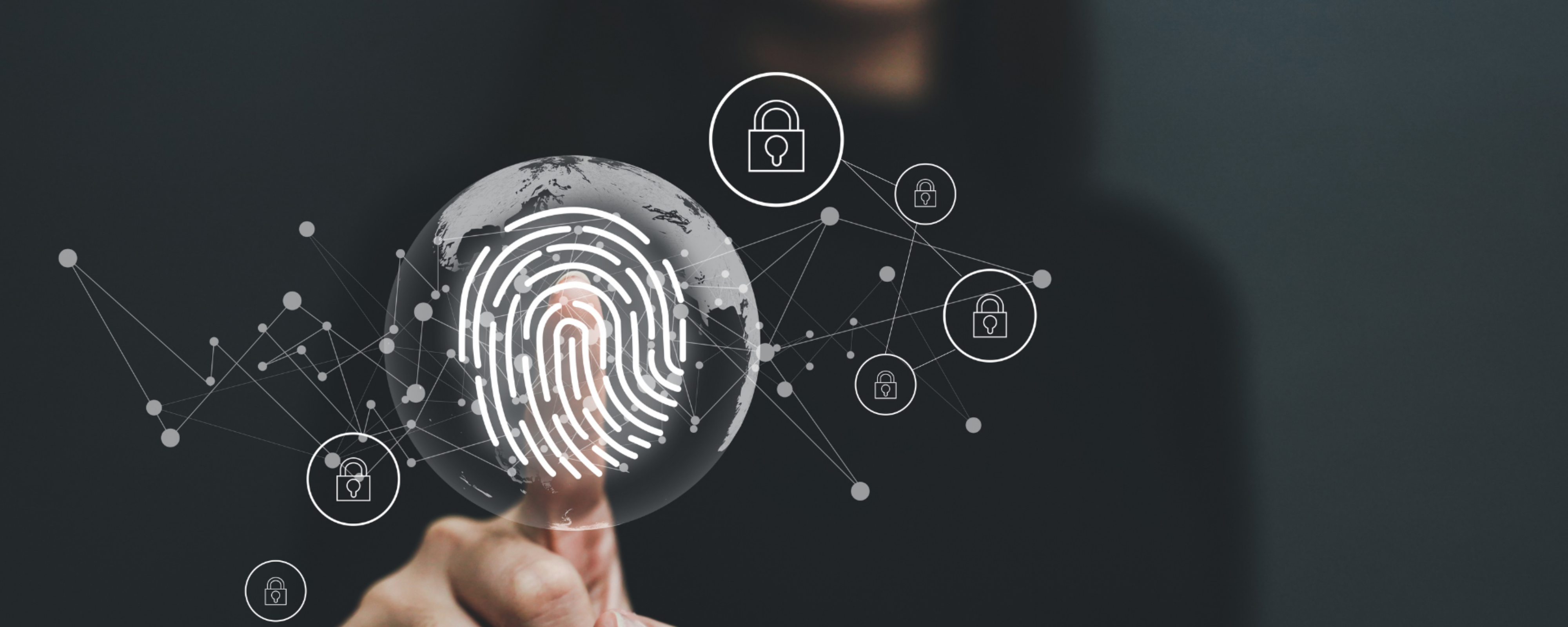What Is Information Security?
Information security refers to the practice of protecting the confidentiality, integrity, and availability of information from unauthorized access and use. Information can refer to any form of data, whether it is digital or physical, in transit or at rest.

The primary objective of information security is to ensure that only authorized individuals or systems have access to information and that it is used, stored, and transmitted securely. Information security is a critical component of any organization’s risk management strategy, particularly as the amount of data and information shared and stored electronically continues to increase. It encompasses a widerange of practices and technologies, including access control, encryption, firewalls, intrusion detection and prevention, risk assessment, and security awareness training.
How Is Information Security Management Done?
Information security management involves the development, implementation, and maintenance of a comprehensive set of policies, procedures, and controls designed to protect an organization’s information assets. Here are the general steps for information security management:
• Risk assessment
• Information security policies
• Information security controls
• Training and awareness
• Monitoring and review
Information security management requires a comprehensive and ongoing approach to ensure the confidentiality, integrity, and availability of an organization’s information assets. It is vital for maintaining the trust and confidence of stakeholders and protecting the organization from reputational, legal, and financial risks.

What Are the Information Security Management System Steps and Solutions?
An information security management system (ISMS) is a systematic approach to managing sensitive company information so that it remains secure. Here are the general steps and solutions for developing and implementing an ISMS:
1. Establish context:
Identify the organization’s information assets, stakeholders, regulatory and legal requirements, and other relevant factors that will help determine the scope and objectives of the ISMS.
2.Plan:
Develop a plan to establish, implement, maintain, and continually improve the ISM.
3. Execute:
Implement the plan, including the implementation of appropriate security controls, training and awareness programs, and ongoing monitoring and review.
4. Check:
Monitor and review the ISMS to ensure that it is effective and achieves its objectives. This involves conducting internal audits and regular assessments of the ISMS.
5. Act:
Take corrective and preventive actions to address any identified deficiencies or non- conformities in the ISMS. Continually improve the ISMS by incorporating lessons learned and making necessary adjustments.
Solutions for implementing an ISMS may include:
1.Security policies:
Develop and implement a set of information security policies that outline the rules, procedures, and responsibilities for ensuring the confidentiality, integrity, and availability of the organization’s information assets.
2. Risk assessment:
Execute a risk assessment to determine and analyze potential risks to the organization’s information assets.
3. Security controls:
Implement a set of technical and physical controls to protect the organization’s information assets.
4. Security awareness training:
Provide training and awareness programs to educate employees on the importance of information security and their role in protecting theOrganization's information assets.
5. Incident response planning:
Produce an incident response plan to respond to and manage security incidents when they occur.
What Are the Advantages of Information Security Software?
Information security software can provide many advantages for organizations looking to protect their sensitive data and information assets. Some of the key advantages of information security software include the following:
● Enhanced security:
Information security software can provide a high level of protection for an organization’s sensitive data and assets, including protection against cyber-attacks, malware, viruses, and other security threats.
● Compliance:
Many information security software solutions are designed to help organizations comply with regulatory requirements and industry standards, such as HIPAA, PCI-DSS, and ISO 27001. Compliance with these standards can help organizations avoid costly penalties and fines.
● Improved efficiency:
Information security software can automate many security processes and decrease the workload of IT teams.
● Cost-effective:
Information security software can be cost-effective compared to other security measures, such as hiring additional staff or purchasing expensive hardware.
What Are Cyber Security Services?
Cybersecurity tools are software, hardware, or services that are designed to protect computer systems, networks, and other digital assets from cyber-attacks and other security threats. These tools are generally used in vulnerability detection and security testing of digital assets by using the technique of realistic cybersecurity threat simulation. Here are some examples of common cybersecurity products:
● Antivirus and Anti-Malware Software
● Firewalls
● Intrusion Detection and Prevention Systems (IDPS)
● Virtual Private Networks (VPN)
● Security Information and Event Management (SIEM) Systems
● Identity and Access Management (IAM) Systems
● Penetration Testing Tools
Bug bounty is a program that many companies and organizations use to incentivize independent security researchers, often referred to as ‘’white hat’’ or ‘’ethical’’; hackers, to find and report security vulnerabilities or bugs in their software, applications, or websites. The bug bounty program offers rewards, typically in the form of monetary compensation, for finding and reporting these vulnerabilities to the company or organization rather than exploiting them for personal gain or malicious intent with the help of cyber security testing.
Bug bounty programs have become increasingly popular in recent years as a way for companies to enhance their security posture and protect against cyber threats. The primary goal of a bug bounty program is to identify and fix vulnerabilities before they can be exploited by malicious actors. By engaging with ethical hackers in terms of advanced vulnerability detection techniques, companies can identify and remediate security issues before they can be used to compromise user data, systems, or networks.
In addition, NotiSecure is a security scanning tool used to increase the security of websites. This program is used to detect and close security vulnerabilities in websites. NotiSecure uses scanning methods to detect SQL injection, XSS (Cross-Site Scripting), malware, and other vulnerabilities.











